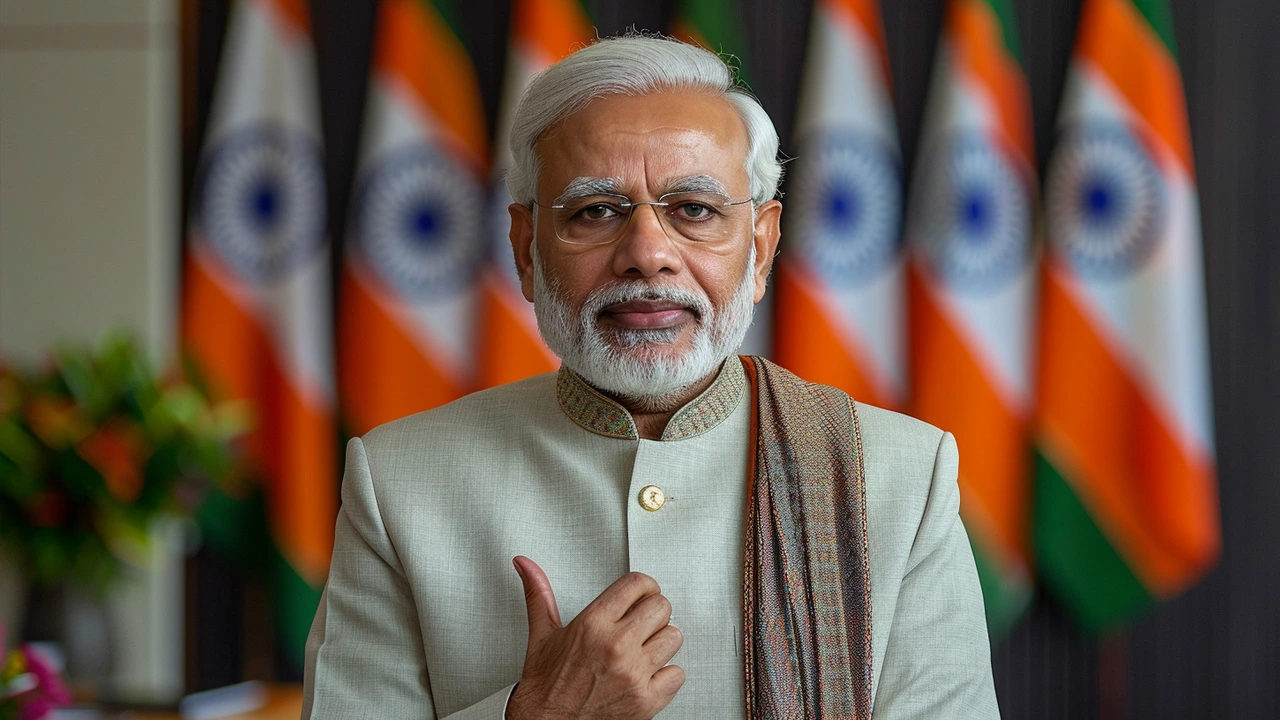India politics
India's politics shapes not just South Asia but global trade, tech supply chains, and African partnerships. The country holds general elections every five years, regional polls happen often, and shifts at state level can change national policy quickly. If you want to know why markets move or how India's foreign decisions affect Africa, start by tracking a few specific signs below.
The single biggest force right now is the BJP under Narendra Modi. The party's focus on centralised programs - from infrastructure to digital IDs - drives major reforms. Watch budget sessions, big law changes, and project launches; they often signal where spending and power will flow next. Don't assume national vote shares tell the whole story: regional parties still run many state governments and can block or bend policy in practice.
What to watch
Election cycles: Lok Sabha (national) and assembly (state) polls set the agenda. A state loss for the ruling party can slow national bills or reshape alliances. Key players: BJP, Congress, and major regional parties like TMC, AAP, DMK, plus coalition partners. Policy signals: inflation control, land and labour laws, and subsidies that affect farmers and factories. Watch India's trade deals and tech exports - they matter for African markets that source goods or seek investment partners.
Also pay attention to courts and independent institutions. Supreme Court rulings on free speech, electoral rules, or business cases can change the game fast. Note social media trends and misinformation spikes; they often sway voters before traditional media picks up a story. For businesses, changes in taxation or import rules move quicker than many expect, so follow finance ministry briefings closely.
How to follow India politics from elsewhere
Follow a mix of sources: a national paper (The Hindu or Indian Express), a business daily (Economic Times), regional outlets for local nuance, and solid international coverage. Use official sites for bills and RBI for monetary policy. For fast updates, follow verified handles on Twitter/X and local journalists on LinkedIn. Fact-checking sites like Alt News help spot viral falsehoods.
For readers in Africa or other regions: focus on policy beats that affect you - trade tariffs, visa rules, investment deals, and energy partnerships. Track state-level industrial policies if you have ties to specific Indian states; many investment drives are run at state rather than federal level. When a major election happens, watch coalition math more than headlines: post-election alliances decide who governs.
Want practical alerts? Set Google Alerts for "India budget", "India elections", and "India foreign policy". Subscribe to newsletters from reputable Indian outlets and add this tag page to your reading list for curated articles. Politics moves fast - pick a daily source and a deep weekly read to balance speed with context.
For businesses and planners: map regulatory windows - budgets, monsoon session, and state assembly starts - and time deals around them. Track RBI statements for currency risks and watch parliamentary question hours for early warning on policy changes. For depth, listen to podcasts like The India Forum or The Seen and the Unseen and read policy briefs from think tanks such as ORF or Brookings India.
BJP Eyes Historic Win in 2024 Lok Sabha: Can They Cross the 400-Seat Mark?
The 2024 Lok Sabha election votes are being counted today, and the BJP led by Prime Minister Narendra Modi is expected to win by a landslide, echoing Congress' historic 1984 win. Their slogan 'abki baar, 400 paar' highlights the possibility of surpassing 400 seats, with exit polls pointing to a significant majority. Key battlegrounds include the Hindi heartland, South India, and Bengal.
